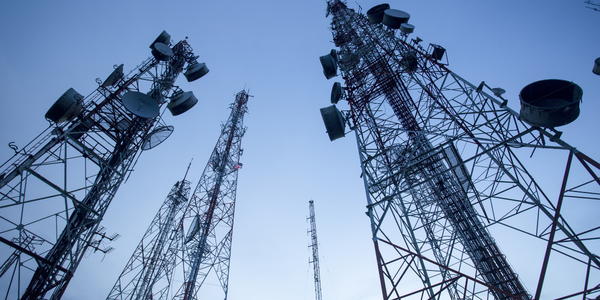Securing Wireless Connectivity at Melbourne Convention and Exhibition Centre with Check Point Solutions

Technology Category
- Cybersecurity & Privacy - Network Security
- Networks & Connectivity - Gateways
Applicable Industries
- National Security & Defense
- Telecommunications
Applicable Functions
- Maintenance
Use Cases
- Inventory Management
- Tamper Detection
Services
- Cybersecurity Services
About The Customer
The Melbourne Convention and Exhibition Centre (MCEC) is a premier event hosting venue located in Melbourne, Australia. It hosts more than 1100 events each year, ranging from meetings, conventions, and exhibitions to concerts, tradeshows, and gala dinners. MCEC is renowned for its range of in-house technology across lighting, audio, vision, and IT, which it leverages to create memorable experiences for event attendees. The Centre offers the latest IT networking capabilities for both fixed and wireless telecommunications and computing, catering to a diverse clientele from various industries. MCEC is committed to providing a secure, reliable, and high-performing environment for its guests, making it a trusted choice for event organizers and attendees alike.
The Challenge
The Melbourne Convention and Exhibition Centre (MCEC) is a bustling hub that hosts over 1100 events annually, including meetings, conventions, exhibitions, concerts, tradeshows, and gala dinners. With a wide range of in-house technology across lighting, audio, vision, and IT, MCEC aims to create memorable experiences for event attendees. However, the Centre faced a significant challenge in providing reliable public wireless Internet service to thousands of visitors daily. MCEC needed to maintain control over content and applications, protect users, and support client demand for free wireless connectivity for up to 10,000 devices. The Centre required a solution that would enable thousands of users to access the network concurrently, ensure maximum network security, allow flexibility and management of data access and applications, ensure zero downtime, and provide maximum throughput with no user usage impact.
The Solution
MCEC turned to Check Point Solutions to address their challenges. The Check Point Software Blade Architecture was implemented to meet the need for a reliable, secure public network. The Check Point Application Control Software Blade was used to manage network service through application control, allowing MCEC to modify the online applications available to users at different times, thereby managing bandwidth-consuming apps to control costs and keep the service available for all users. The Software Blade Architecture also allowed MCEC to run multiple software blades from a single device, simplifying and reducing management time while maintaining high levels of security. Additionally, the Check Point URL Filtering Software Blade was used to enforce inspection of all traffic, protecting online users while still allowing visitors access to relevant information.
Operational Impact
Quantitative Benefit

Case Study missing?
Start adding your own!
Register with your work email and create a new case study profile for your business.
Related Case Studies.

Case Study
Vodafone Hosted On AWS
Vodafone found that traffic for the applications peak during the four-month period when the international cricket season is at its height in Australia. During the 2011/2012 cricket season, 700,000 consumers downloaded the Cricket Live Australia application. Vodafone needed to be able to meet customer demand, but didn’t want to invest in additional resources that would be underutilized during cricket’s off-season.

Case Study
SKT, Construction of Smart Office Environment
SK T-Tower is the headquarters of SK Telecom. Inside the building, different types of mobile devices, such as laptops, smartphones and tablets, are in use, and with the increase in WLAN traffic and the use of quality multimedia data, the volume of wireless data sees an explosive growth. Users want limitless Internet access in various places in addition to designated areas.

Case Study
Data Capture for Afghanistan Forces
Electronic equipments on the field of Afghanistan provided information on the status of the vehicle and to identify potential threats surrounding it to the British Force. The monitoring and interpretation of this data requires robust and sophisticated digitization for data capture and communication.









